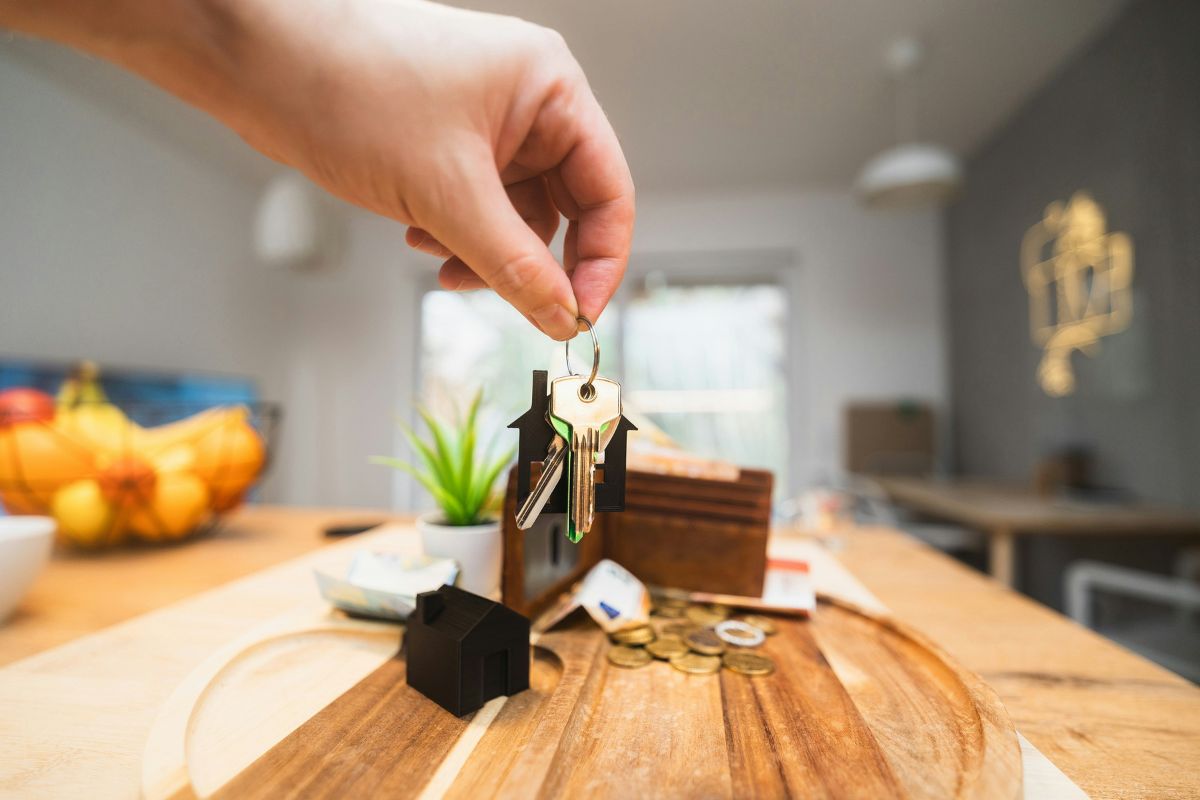Do Not Live Debt Free
Regular people are taught to fear being in debt, to see debt as a bad thing. But if you look at the world’s most financially successful people, their mindset is the total opposite. They see debt as a good thing. It is something they can use to get to where they need to.
Nathan Birch, B.Invested founder, is a classic example.
Debt is your attachment to an asset
Owner-occupiers may want to get out of debt as quickly as possible when paying off a mortgage, which is understandable, but that’s not the way Nathan works.
He sees debt as the thing that is attached to the asset that is going to bring him income tied to inflation. Not only that, but the debt itself will be inflated away over time until it is irrelevant.
He believes a lot of people have been conditioned over time to fear debt, because they have heard it is bad from people who have had a negative experience. But he says it’s important to look at your own situation only and look at what your goals are and then develop a strategy to achieve them.
So what’s a good debt?
A good debt is bringing in cashflow which is getting inflated, while at the same time the asset’s value is getting inflated. This is investment property 101…property values go up over time, while the income they return also increases. The debt on the other hand, doesn’t increase. It stays the same or goes down. From time to time, the interest required to service the debt may increase, but you will never end up owing more on a property the longer you have it.
This good debt is in contrast to a bad debt. The classic example of a bad debt is a credit card, as it charges you super high interest on the debts you accumulate. And people often use credit cards irresponsibly, to buy material possessions they don’t need or splurge on holidays and takeaway food when they don’t actually have the money to afford it.
Debt free is a dumb strategy
Nathan has more than 220 properties in a portfolio worth more than $100 million. He has been able to do that by embracing debt and using debt to get access to greater growth and income.
If he had instead decided to invest in a property and wait until he paid it off before he bought his next one, he estimates he might have five properties in a portfolio today. There was no way in the world he would have been able to get to where he is today without using debt as leverage.
When he originally started buying properties and doing superficial renovations, he thought it was his good work that was adding value to the properties and allowing him to pull out equity. He soon realised that the main factor was inflation and that as the price of things went up and up over time, so too would the value and return of his portfolio. And the more debt he could put to use, the greater the end result in the long run.



